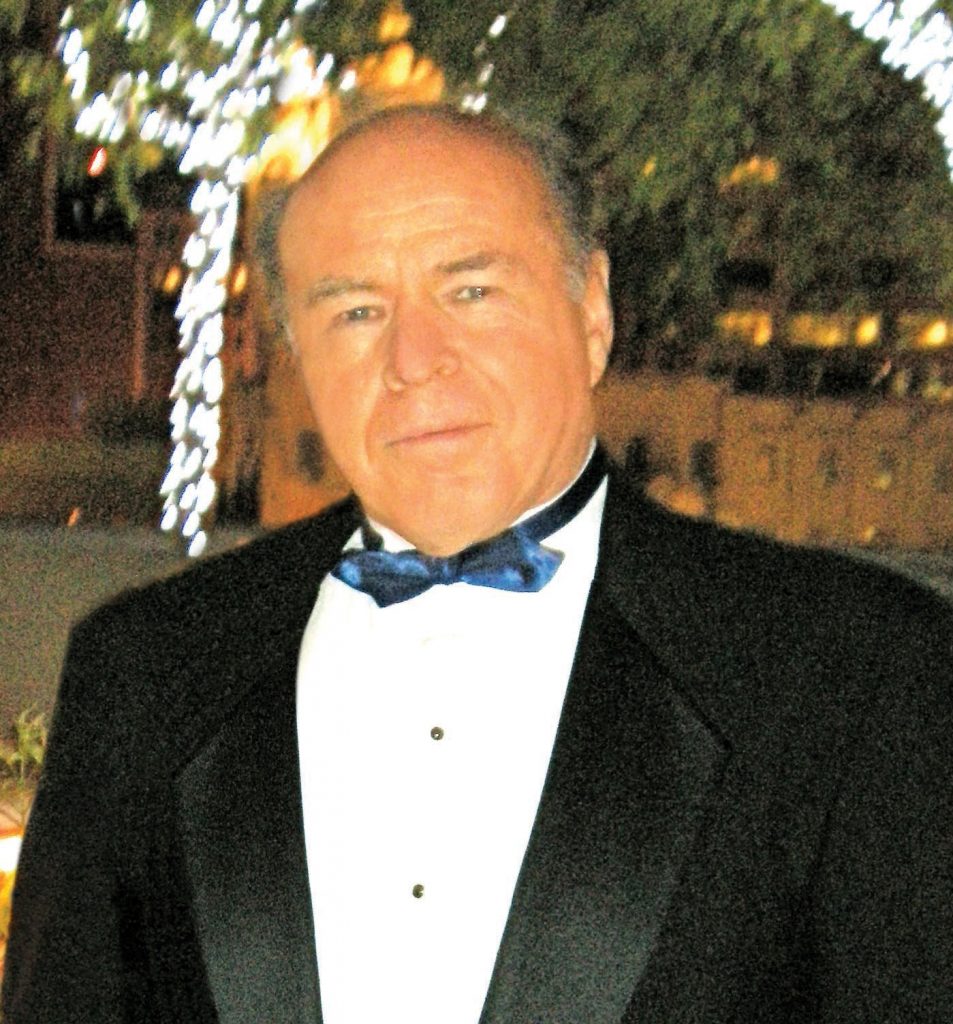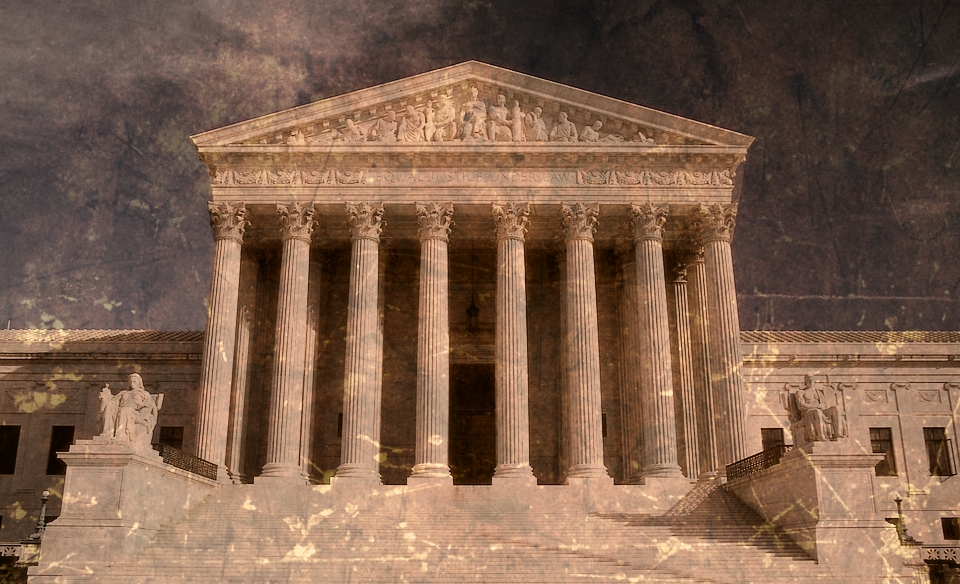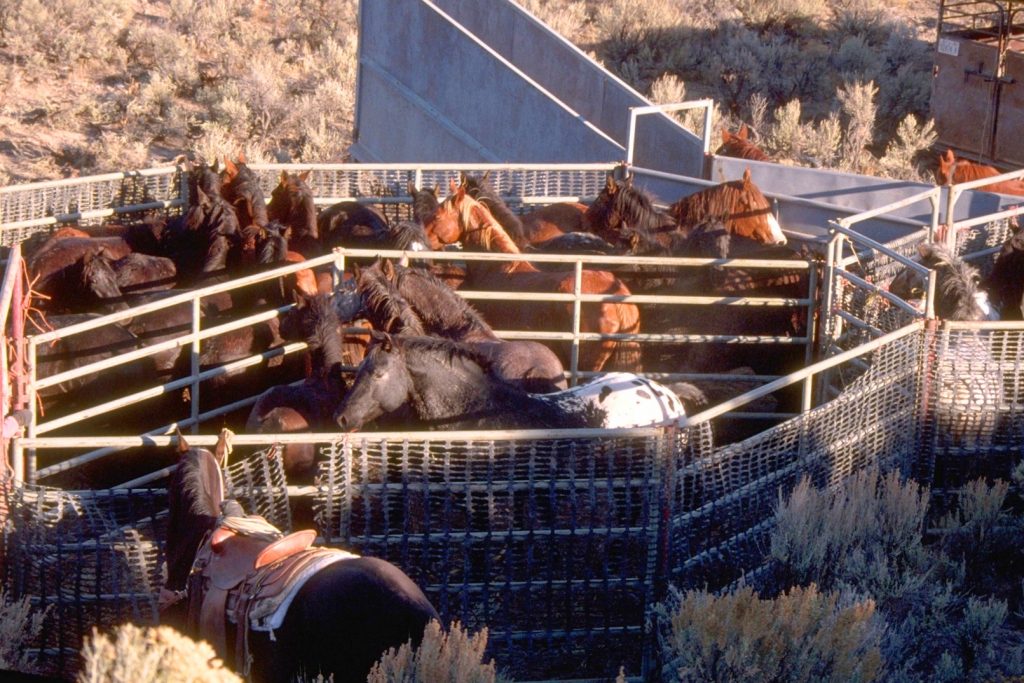Thus the concept that was established in the US Constitution for representation of the people in Congress, held true for the states as well until the 1960s. It was obliterated at the state level by these court decisions, leaving our rural regions and cultures at the mercy of urban politicians.
Commentary by Bill Goode
Loss of Representation for Rural America
Most of us are aware of the imbalance of representation in the state legislatures for rural areas in the US. It wasn’t always that way. It changed as a result of a series of US Supreme Court (SCOTUS) decisions in the 1960s.
It used to be that states modeled their state legislatures much after the US Congress. State assembly representatives were elected from districts based on population, just as US Congressmen are. State senators were elected to represent geographical districts such as counties, just as US Senators are elected based on states, instead of population districts. That changed in the 1960s by a series of three SCOTUS decisions.
In 1946 in the Illinois case of Colegrove v. Green, the SCOTUS actually properly stated in its 4–3 ruling that the court had no jurisdiction over how states elected their legislators. Justice Rutledge, concurring with the majority opinion, stated that the court had no jurisdiction as the issue was covered in Article I, Sections 2 and 4 of the Constitution. He declined to violate that.
Colegrove v. Green (1946)
http://caselaw.findlaw.com/us-supreme-court/328/549.html
In 1901 the State of Tennessee set the number of state house seats for each of its 95 counties. US Constitution Article 1, Section 2, Clause 3 stipulates that redistricting take place by a new census every ten years. The State of Tennessee made the mistake of neglecting that law from 1901 to 1961, as no redistricting took place in Tennessee for that time frame for either Congressional districts or for state representatives. As the state became more urbanized, Mayor Baker of Nashville pleaded in 1962 that his city was under represented in the state house of representatives. He lost his case in a federal court, but appealed to the SCOTUS.
In 1962 the SCOTUS gave itself and other federal courts the right to review redistricting issues, which had previously been considered outside the court’s jurisdiction. In the 1962 Tennessee case of Baker v. Carr, the court ruled in a 6–2 decision that federal courts have the power to determine the “constitutionality” of a state’s voting districts.
Baker v. Carr (1962)
http://caselaw.findlaw.com/us-supreme-court/369/186.html
Had Tennessee redistricted every ten years, as called for in the Constitution, the Baker v. Carr case may well never have come about. Nevertheless it gave the SCOTUS the opportunity to grant itself new powers, an interesting capability, an entity granting new powers to itself.
In 1917 the State of Georgia created an excessively complex and unique “County Unit System” by which to count votes by each of it’s 159 counties. The system tended to overly favor the rural counties. The system was challenged in the SCOTUS in 1963 by the Gray v. Sanders case. By a vote of 8 to 1, the court struck down Georgia’s system. In this decision the court formulated the concept of “one person, one vote”, ignoring the differences between rural and urban values.
The State of Georgia was given the option to either 1) make its “County Unit System” more equitable or 2) base districts strictly on population. The state went with option 2).
Gray v. Sanders (1963)
http://caselaw.findlaw.com/us-supreme-court/372/368.html
The Alabama Constitution, adopted in 1901, stipulated one state senator per each of its 67 counties. In 1964 voters of Jefferson County (Birmingham, largest city in Alabama) pleaded in the Reynolds v. Sims case that they were under represented. The population ratio of the most populated county (Jefferson) to the least populated county was 41 / 1. The voters took their case to the SCOTUS. In an 8–1 decision the court decided, based on the “one person, one vote” concept it had established in the 1963 decision, that Jefferson County was under represented.
In the lone dissenting opinion, Justice John Marshall Harlan likened the “one county, one senator” system to the manner of election of US Senators.
Subsequently all states in the United States were ordered to elect state senators by population districts instead of by counties.
Senator Evertt Dirksen of Illinois threatened a constitutional amendment to counteract the court’s decision, but that obviously never went anywhere.
At the time of the court decision, example divergences in county populations within single states varied to just over 1000 to 1. In 2010 the divergence between California (largest population) from Wyoming (least population) was 66 to 1.
Reynolds v. Sims (1964)
http://caselaw.findlaw.com/us-supreme-court/377/533.html
Thus the concept that was established in the US Constitution for representation of the people in Congress, held true for the states as well until the 1960s. It was obliterated at the state level by these court decisions, leaving our rural regions and cultures at the mercy of urban politicians.
As Justice Rutledge recognized in 1946, the federal government has no constitutional authority to tell states how to apportion their legislatures. These Supreme Court decisions of the 1960s need to be reversed.
Even after such a reversal, restoring the rural representation will be difficult, unless forced by the federal government. Los Angeles County currently has 14 state senator districts either touching or wholly within the county of the 40 member state senate. It will be difficult to convince Los Angeles County to give up its dominance. Nevertheless, another Supreme Court decision could bring that reversal. If the court forced the states to change in 1960s, the court might just as easily force them back.
State of Jefferson or No?
What about the State of Jefferson? Personally I favor the concept of the State of Jefferson, forming a new state from northern California and southwestern Oregon. I feel it’s a great idea to politically separate those rural areas from the urban centers that dominate them politically due to the wide divergence in population and culture.
However, from a practical standpoint, it will never come about constitutionally. The state legislatures in Sacramento and Salem will never be willing to let go of the resources of those areas now under their control. Article IV, Section 3, Clause 1 very clearly stipulates that the concept must be approved by the state legislatures concerned, and then by Congress. Never happen. If the case were taken to a court, any court would likely refuse to hear the case, as the Constitution is so clear on this point.
The only other option for the establishment of the State of Jefferson is to outright assert itself and throw out the California and Oregon officials and the feds. But that’s tantamount to secession and / or revolution, and that didn’t work out so well for other states in the 1860s.
Nevertheless, if we look back at the basic problem that these counties are attempting to resolve, there is another solution. The State of Jefferson rightly pleads that it is under represented in the state legislatures in Sacramento and Salem. Rather than push for a new state, it’s far more likely to reverse the three court decisions of the 1960s that ordered the reapportionment of state legislatures. This is supported by the decision of SCOTUS, Colegrove v. Green (1946), which stated that states have the right to designate how their state legislatures are apportioned and elected.
Then California and Oregon would reapportion their state senators, likely to one or two per county. As difficult as this seems, it’s much more likely than getting the state legislatures to relinquish control over the areas in question.
The concept might spread across the country. Some states would likely do it a bit differently. Delaware has only three counties and Rhode Island has only five. So they might further divide their counties or assign more senators per county. Texas has 254 counties and may not want to have that many senators. They may chose to have some counties combine into common districts for election purposes.
Regardless, as Justice Rutledge recognized in 1946, the federal government has no constitutional authority to tell states how to apportion their legislatures. These Supreme Court decisions of the 1960s need to be reversed.
Even after such a reversal, restoring the rural representation will be difficult. Los Angeles County currently has 14 state senator districts either touching or wholly within the county of the 40 member state senate. It will be difficult to convince Los Angeles County to give up it’s dominance. Nevertheless, another Supreme Court decision could bring that reversal. If the court forced the states to change in 1960s, the court might just as easily force them back.

Bill Goode, Kanab, Utah
Bill Goode has been involved in the public lands issue since April 2014 in Nevada as well as in Oregon. Though not a rancher, he does what he can to support the ranching community, as it is so suppressed. Suppression of ranchers and farmers is a measure of the plight of rural America, which is where our natural resources come from.

Free Range Report



Good job Bill